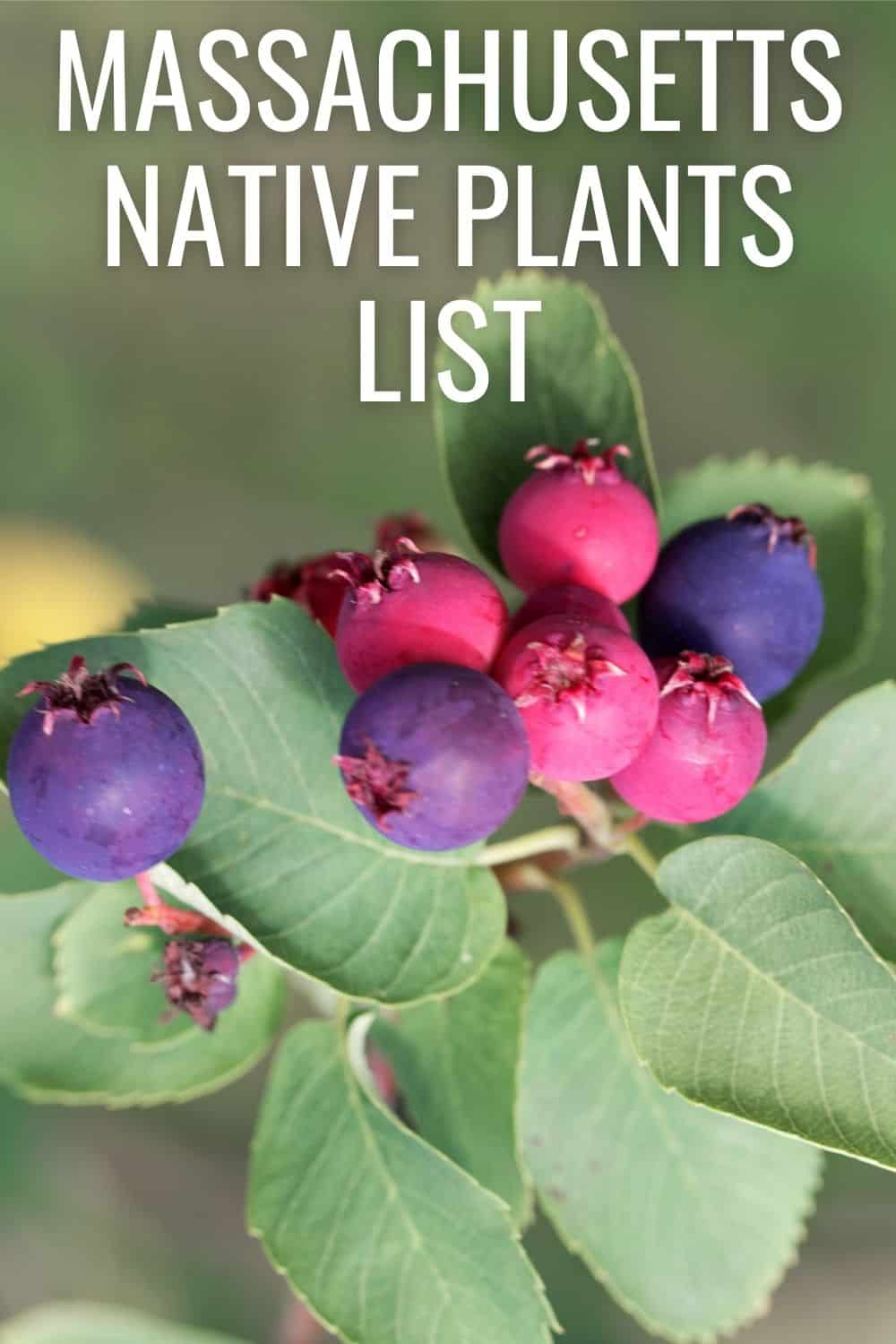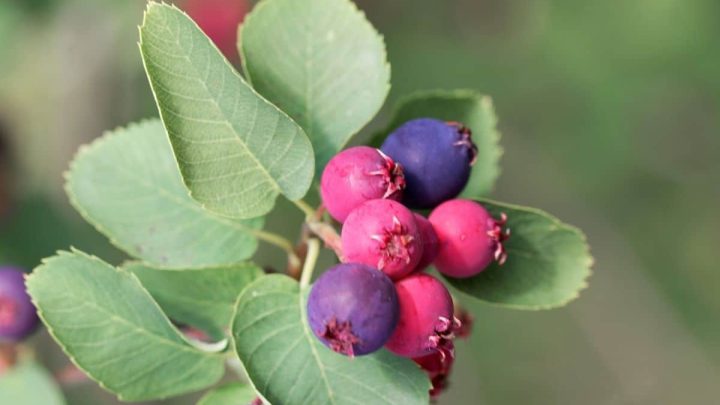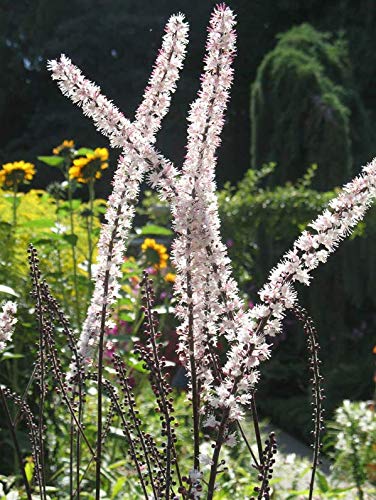New England states present some challenges when it comes to your home garden or landscape. The weather can be harsh in the winter and some plants, especially certain flowering ones, cannot survive the cold, ice, or snow. However, native plants have evolved to adapt to these conditions and the unique, widely changing climate of Massachusetts.
This is just one of many reasons to create a native garden instead. You can use this Massachusetts native plants list to help you get started with planning your native garden or landscape. Before we get to those plants, let’s take a quick look at the type of climate and weather happening in the state.
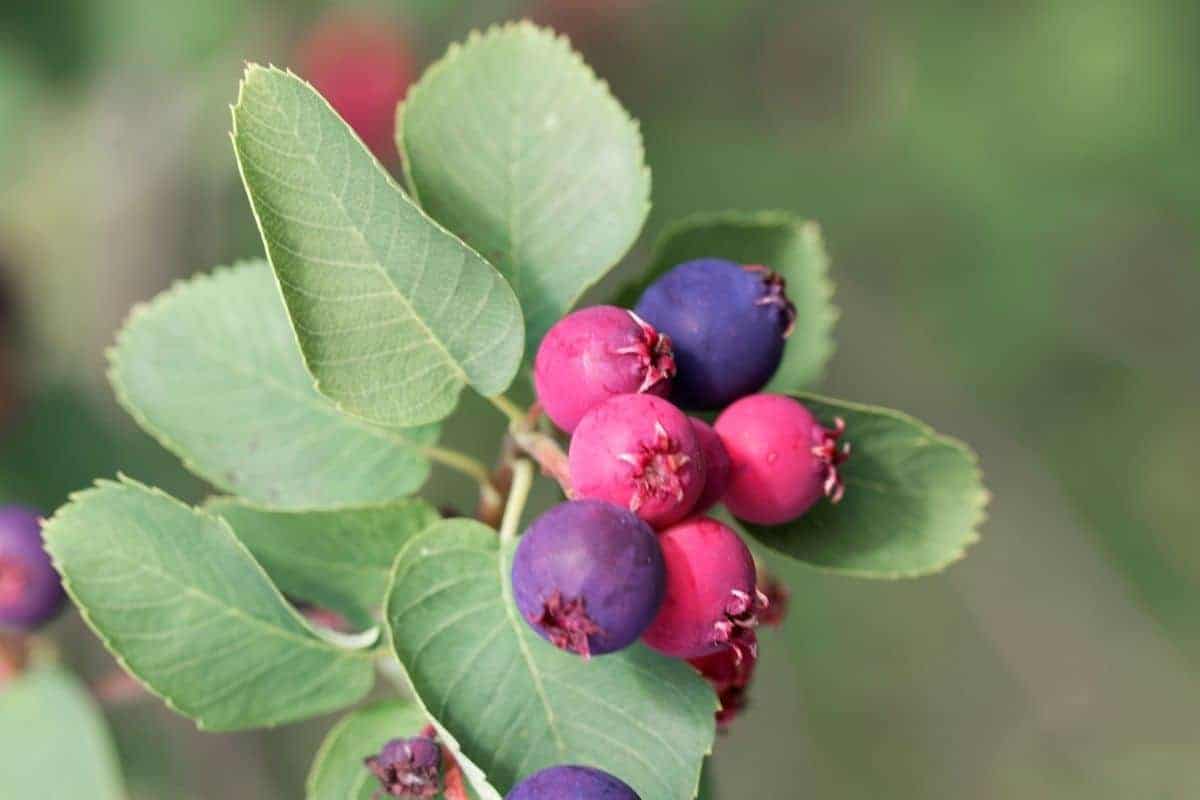
Massachusetts Climate and Weather
To understand native plants fully, it helps to know a bit about the weather and climate in this New England state. First, Massachusetts is known for having all four seasons and they are distinguishable. There are noticeable differences between spring, summer, fall, and winter. Native plants in the state have evolved to withstand these temperature and weather changes, as well as native pests and wildlife.
The state can have some very extreme temperature changes, with it getting as hot as 100 degrees in the summer and as low as -17 in the winter. That’s a massive change in temps so native plants have had to learn to survive. The coldest month is January, and the average nightly temp is 22 degrees. The warmest month is July with an average daytime temp of 82.
Massachusetts native plants list
Here are some garden plants that are native to Massachusetts.
1. White yarrow (achillea millefolium)
White yarrow is sometimes also just called common yarrow milfoil. It’s a flowering perennial that blooms throughout summer and grows to 2-3 feet tall. It has a spread of 1-2 feet, on average.
Yarrow is very low maintenance with low water needs also, and it blooms for weeks, creating beauty in your garden for a long time in the season. It does best in full sun and average to dry moisture. However, good draining will be essential to the health of the plant. If you want to attract butterflies to your lawn or garden, white yarrow is a must.
2. White baneberry (actaea pachypoda)
White baneberry is another perennial native to the state that you might consider. It’s also called Doll’s eyes, due to the look and shape of the berries that form.
White baneberry is great for shade gardens as it does best in part to full shade. It likes medium moisture, well-drained soil, but you should not let the soil dry out completely.
The berries are very poisonous and should not be eaten. The berries will persist until the first frost, giving a long time of ornamental interest in your garden.
3. Black cohosh (actaea racemosa)
You may have heard of black cohosh before, or know it by the name black snakeroot, bugbane, or cohosh bugbane. It grows from 4-6 feet tall and can be about 2-4 feet wide. It takes about three years for new plants to fully develop into maturity.
This clumping perennial likes partial sun to shade, and blooms in late summer to fall. It attracts butterflies and hummingbirds and it’s deer and rabbit resistant. It’s very low maintenance and easy to care for.
You can use it in flower beds, borders, cottage gardens, or naturalized areas of the landscape.
4. Yellow giant hyssop (Agastache nepetoides)
If you’re looking for something to stand out throughout the winter, consider yellow giant hyssop. It grows up to 4-6 feet tall and 1-3 feet wide and creates a bold impact on borders, butterfly gardens, or other posts in your landscape.
It doesn’t like dry, sunny areas and you will see the foliage start to droop in these cases. During times of drought, you will need to supplement water. It’s deer resistant and has no serious issues with pests or disease. It’s pretty low maintenance and will keep your garden looking nice all year round.
5. White snakeroot (ageratina altissima)
White snakeroot is a favorite of butterflies and other pollinators. This clump-forming, spreading perennial performs best in part shade, grows up to 3-5 feet tall, and has a spread of 2-4 feet wide.
It has no serious insect or disease problems and it is even deer resistant. It’s perfect for a butterfly garden, and you’ll enjoy looking at the showy blooms and the butterflies they attract.
6. Running serviceberry (amelanchier stolonifera)
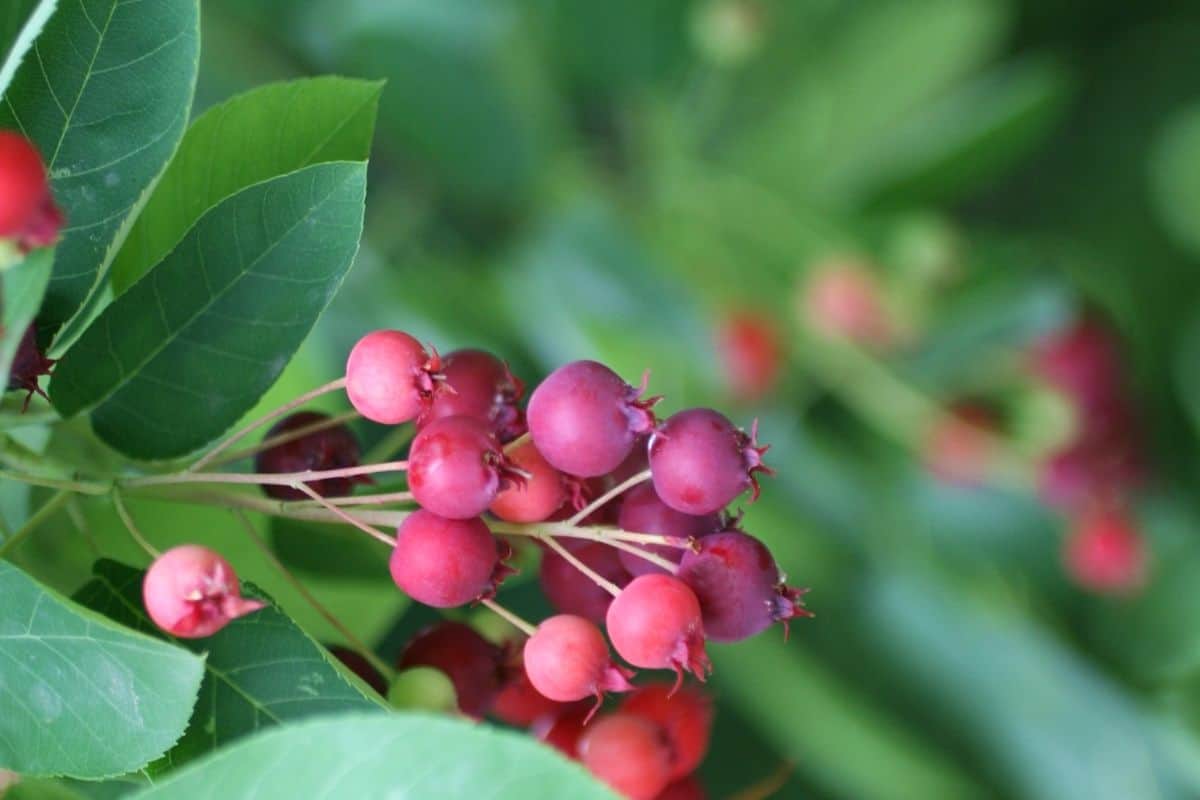
Running serviceberry is a great garden choice to give you beauty throughout multiple seasons. This is a flowering shrub with a lot to offer. It can grow from 4-5 feet tall and wide, and it performs best in full sun to part shade and also in dry to mesic, acidic, and well-drained soils.
It works great for hedges or screens and for foundational planting. You can also use it as a windbreak by planting it close together. The branches will start to intertwine, forming a living fence.
7. Indigo bush (amorpha fruitcosa)
Indigo bush is also called false indigo, desert false indigo, and other similar names. It’s a shrub that grows in hardiness zones 4-9 and it likes full sun and acidic, moist, but well-drained soil. It grows about 4-12 feet in height and can have a spread of 6-15 feet.
Indigo bush has no serious pest or disease issues, but you should look for mildew (a sign it’s getting too wet). It does well in flower gardens, along borders and flower beds, and even to help with erosion control on sloped banks. Once established, it is low maintenance. In some areas, it can become invasive.
8. Blue star (amsonia tabernaemontana)
This exceptional perennial with early-season blue flowers and attractive green foliage year-round. It grows in hardiness zones 3-9 and likes full sun or partial sun and it really thrives in loamy moist soil that drains well and is not soggy.
It’s deer-resistant and pretty pest-free and disease-free, making it a low-maintenance choice for you. It does great in borders, shade gardens, and cottage gardens. You can get the best visual impact by mass planting.
Be aware that it does have a milky sap that can cause skin irritation. Wear gloves to prevent this.
9. Pearly everlasting (anaphalis margaritacea)
Pearly everlasting is a great choice to help complement colorful perennials. It has white flowers that bloom upright in clumps from mid-summer to fall, and then it dies to its roots in the winter. It will spring back to life in the spring season.
Pearly everlasting can grow 2-3 feet high and has a spread of 1-2 feet. It has low water needs and likes full sun or partial sun. It’s deer and rabbit resistant and it will attract bees and butterflies, as well as other pollinators.
10. Meadow anemone (anemone canadensis)
Meadow anemone is a flowering perennial sometimes also called round-leaf anemone or Canada anemone. It grows in hardiness zones 3-8, likes partial sun to shade, blooms in mid-to-late spring and early summer, and can get as tall as 1-2 feet. It has a spread of 9 inches to 3 feet, and it is very low maintenance.
This plant has average to high water needs and blooms bright, showy flowers that will really pop in your landscape. Naturally, it’s often found near streams and ponds, and it could do well near a water garden.
11. Thimbleweed (anemone virginiana)
Thimbleweed is sometimes also called tall anemone, three-leaved wildflower, or Virginia anemone. It’s an attractive perennial that grows up to 24 – 48 inches tall and about 12-18 in width. It grows easily in average, dry-to-medium, and well-drained soils.
Virginia anemone likes full sun or part shade, but it can tolerate full shade. It’s low maintenance and virtually pest-free and disease-free. This flowering plant can do well in flower beds and borders.
BTW, if you discover any of these invasive Massachusetts plants, make sure to replace them with a few of the natives you learned about today.
Next, let’s take a look at some commonly asked questions about native plants in this state.
Massachusetts native plants list FAQ
As you’re learning more about native plants and why they are so vital to the local ecosystem, you may have some additional questions.
What is the most common tree in Massachusetts?
The most common tree found in Massachusetts is the eastern white pine. After that, the red maple is the most common. Also known as the Weymouth pine, this massive tree grows 165 to 188 feet high and up to five feet in diameter. The needles help characterize this pine, as they are long, soft, and blue-green in color. They wave in the breeze, unlike shorter pine needles from other species.
What do I do if I have an invasive species in my yard?
If you have an invasive species in your yard and you want it removed, it’s usually best to hire a professional. While you can remove it yourself, after a positive ID, a professional will be better equipped to ensure they get the entire plant and its root system and that nothing remains to just grow right back. They can also help you treat the soil afterward if needed before you plant anything new in the same space.
How do I choose the right plants for my native garden?
Choosing the right plants for your native garden starts with knowing what hardiness zone you are in and then also understanding the quality of your soil, how lighting works in certain parts of your landscape, and also how water gets to the soil and how well it drains. You can get a property evaluation to help answer all of these questions for you. This will help you create a profile of conditions on your property so you can know which plants will do best there.
What edible plants are native to Massachusetts?
The state does actually have some edible plants that are native. Some examples include elderberry, beach plum, Indian cucumber, groundnut, New Jersey tea, fox grape, and hickory. As a safety precaution, never eat fruits or seeds from a plant if you’re not 100% sure of what it is and that it’s edible.
Does it snow a lot in Massachusetts?
Another thing to consider is how often it snows in your area. Some plants are not built to withstand the snow or freezing temps. Massachusetts ranks 8th in the United States for the most snow. This is common for all of New England and Massachusetts can see an average of 51.05 inches of snow a year. Winters are cold but they are less extreme along with the coastal areas of the state.
